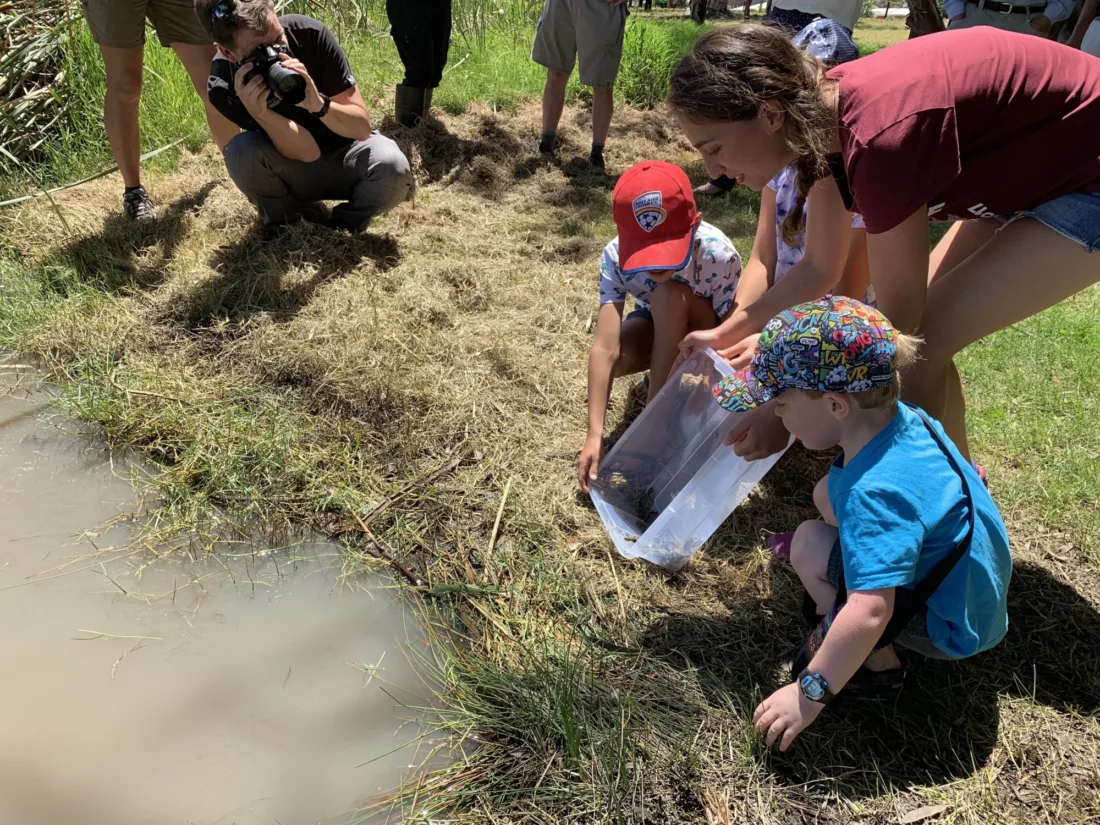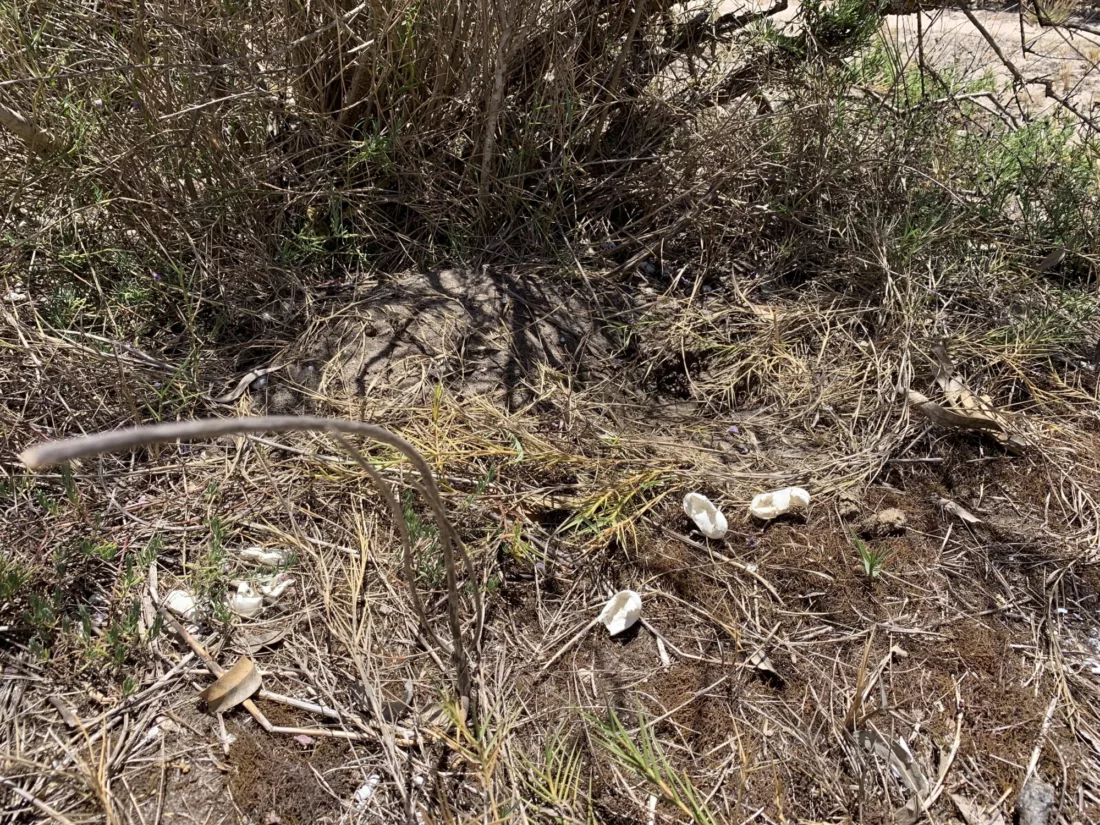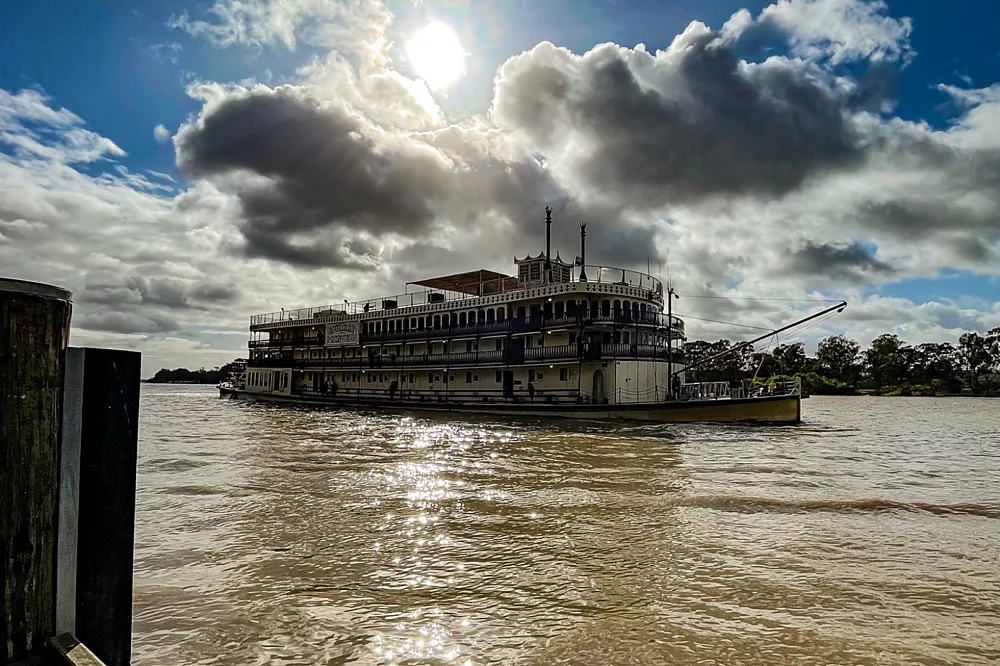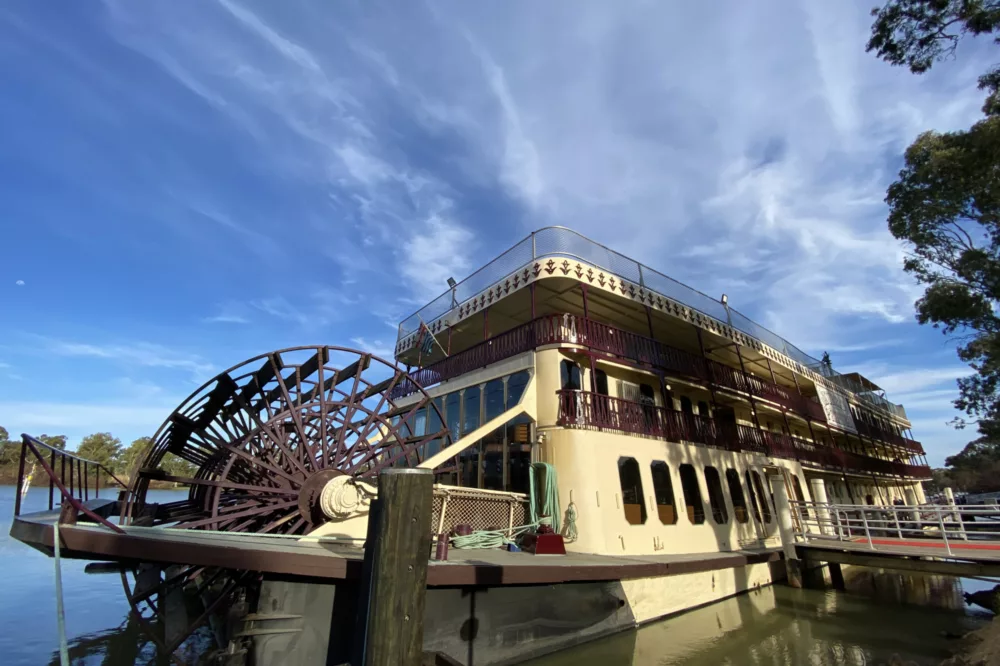11/06/2019
Over the last 40 years, the most common and widespread species of Murray River Turtles have declined by up to 91%. Following this decline, SeaLink and Captain Cook Cruises have partnered with the Foundation for National Parks and Wildlife (FNPW) to raise awareness and money to run initiatives to save the Murray River Turtles.
Why the drastic decline in Murray River Turtles? Like many other Australian animals, the Murray River Turtles are heavily predated by foxes. Turtles are a primary target during their breeding season when the mother turtles come out of the water to lay their eggs. If that’s not enough the foxes have also developed such a keen sense for eggs, even after they’ve been buried, they dig the nests up and eat all the eggs.





